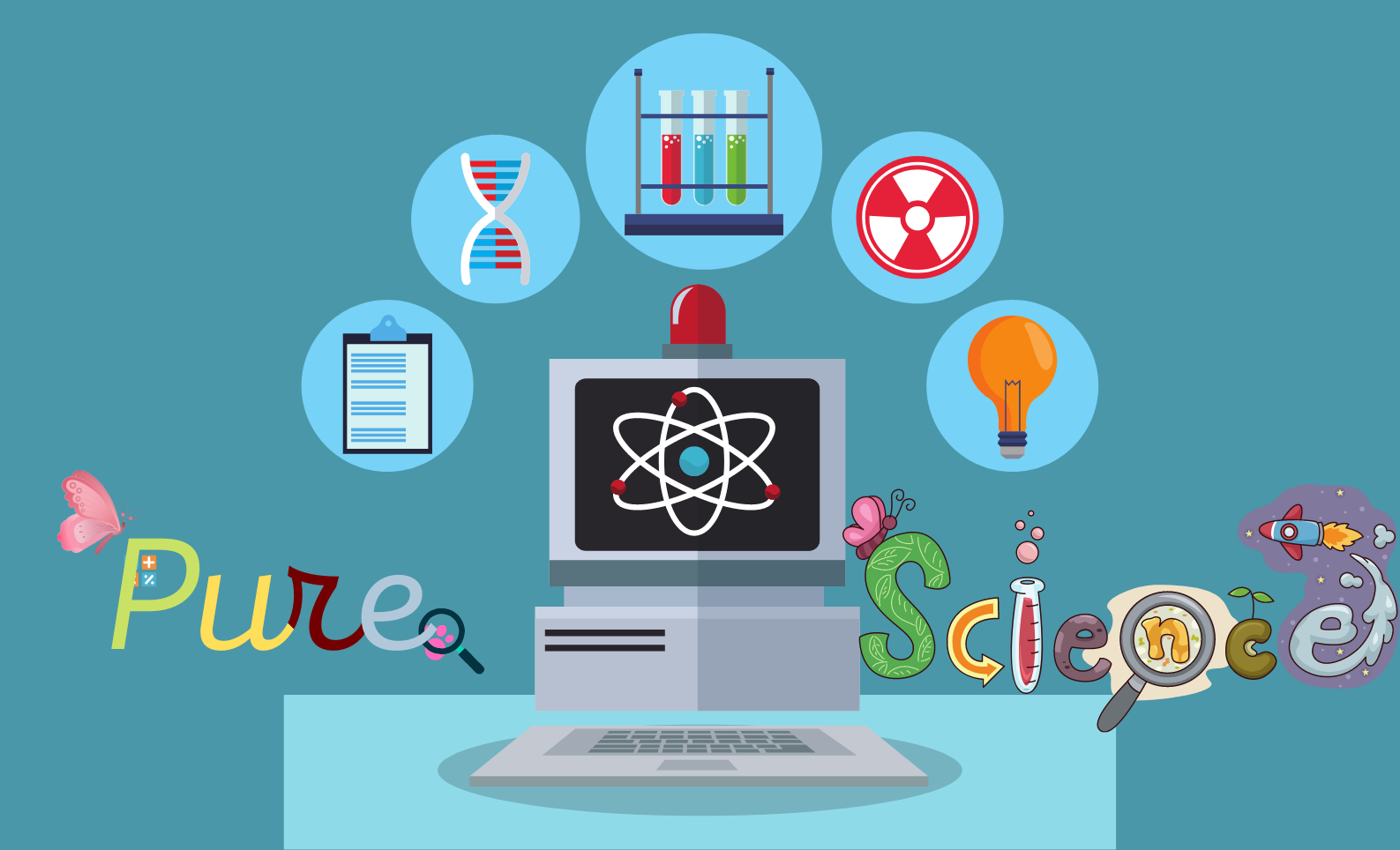Absolutely not. Technology as we know it cannot exist without science. The intricate relationship between science and technology is undeniable and foundational to our modern world. Let’s delve into why science is the backbone of technological advancement and explore the fascinating interplay between these two fields.

Understanding Science and Technology
Science is the systematic study of the natural world through observation and experimentation. It aims to uncover the laws and principles governing the universe.
Technology, on the other hand, is the application of scientific knowledge to create tools, systems, and processes that solve problems and improve human life.
The Interdependency of Science and Technology
- Scientific Discoveries Fuel Technological InnovationsEvery major technological breakthrough has its roots in scientific research. For instance:
- Electricity: The scientific study of electricity and magnetism by pioneers like Michael Faraday and James Clerk Maxwell paved the way for the development of electrical technologies, from light bulbs to computers.
- Medicine: Advances in medical technology, such as MRI machines and vaccines, are direct results of scientific research in biology and chemistry.
- Technological Tools Enhance Scientific ResearchConversely, technology provides scientists with advanced tools to conduct research. For example:
- Microscopes and Telescopes: These instruments have expanded our understanding of the microscopic world and the vast universe.
- Computers and Software: Advanced computational tools allow scientists to model complex systems, analyze vast data sets, and conduct simulations that are impossible with manual calculations.
Historical Perspective
The history of technology is replete with examples of how scientific discoveries have led to technological advancements:
- The Industrial Revolution: The scientific principles of thermodynamics and mechanics led to the development of steam engines, which powered factories, transportation, and machinery, revolutionizing industry and society.
- The Digital Age: Theoretical work in mathematics and computer science by Alan Turing and others laid the foundation for the development of modern computers and the internet.
The Role of Scientific Method
The scientific method—hypothesis, experimentation, observation, and conclusion—is fundamental to technological development. By rigorously testing ideas and theories, scientists ensure that technological applications are based on reliable and accurate knowledge.
Modern Examples
In today’s world, cutting-edge technologies are often the result of interdisciplinary scientific research:
- Artificial Intelligence (AI): AI technologies are grounded in computer science, mathematics, and neuroscience.
- Renewable Energy: Advances in solar panels and wind turbines are driven by research in physics, material science, and environmental science.
The inseparable bond between science and technology is clear: without science, there would be no technology. The continual progress in scientific understanding fuels technological innovations, which in turn enable further scientific discoveries. This symbiotic relationship ensures that as our knowledge grows, so too does our ability to harness that knowledge for the betterment of society.
